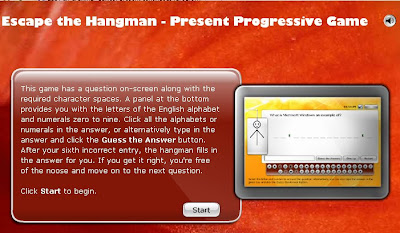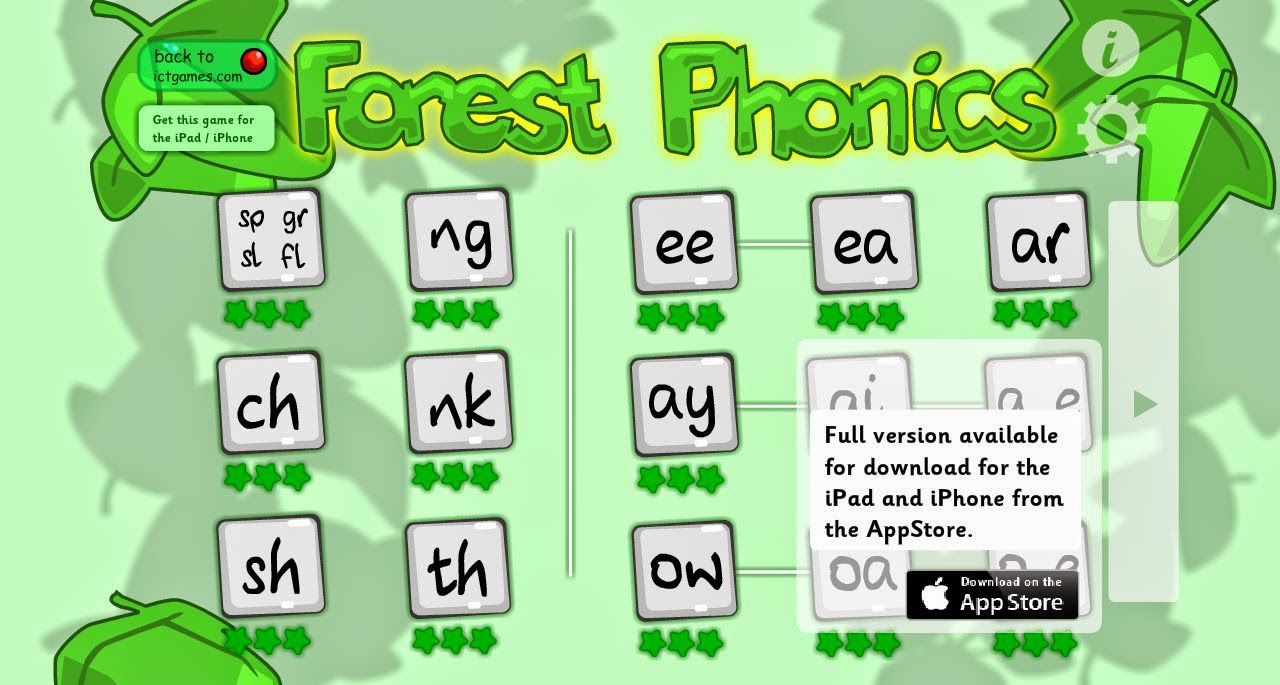lunes, 31 de marzo de 2014
PRESENT SIMPLE OR PRESENT CONTINUOUS?

Present Simple
The present simple expresses an action in the present taking place once, never or several times. It is also used for actions that take place one after another and for actions that are set by a timetable or schedule.The present simple also expresses facts in the present.
I play football every Tuesday.
You play football every Tuesday.
She plays football every Tuesday.
Colins plays football every Tuesday.
We play football every Tuesday.
They play football every Tuesday.
We use the auxiliary Do/ Does for negatives and questions.
I don't play football every Tuesday.
You don't play football every Tuesday.
He doesn't play football every Tuesday.
They don't play football every Tuesday.
Do you play football every Tuesday?
Yes, I do./ No, I don't.
Does she play football every Tuesday?
Yes, she does./ No, she doesn't.
Notice that the 3rd person singular (he, she, it) is different.
We use the present simple with adverbs of frequency, days of the week, months and other time expressions: every..., always, often, nornally, usually, sometimes, seldom, never, rarely, etc.
Present Continuous
The present continuous is used for actions going on on the moment of speaking and for actions taking place only for a short period of time. It is also used to express development and actions that are arranged for the near future.
I'm playing football now.
You're playing football now.
She's playing football now.
Colins is playing football now.
We're playing football now.
They're playing football now.
I'm not playing football now.
Is he playing football now?
No, he isn't./ Yes, he is.
They're playing football now.
Are you playing football now?
No, we aren't./ Yes, we are.
We use the present cotinuous with the expressions: at the moment, at this moment, today, now, right now, listen!, look!, etc,.
The Present Simple Tense
Watch this video and learn more about the present simple tense.
If you want to practice the present simple try this game. Enjoy! Click HERE
If you want to practice the present simple try this game. Enjoy! Click HERE
jueves, 27 de marzo de 2014
PRACTICE PRESENT SIMPLE AND CONTINUOUS
miércoles, 26 de marzo de 2014
Great job from the third grade about the water cycle
Water cycle mural on PhotoPeach
Grammar Genius C - Unit 1(Present simple Present Continuous / stative ve...
martes, 25 de marzo de 2014
WHAT IS YOUR DAILY ROUTINE?
Watch this nice video to revise the times, daily routines and present simple. It combines English and Spanish languages so that you can stop it and make a note of some explanations.
CONOCIENDO MÁS SOBRE LA FIESTA DE SAN PATRICIO EN LA CLASE DE 4º
La semana pasada se celebró la fiesta de San Patricio y nuestra auxiliar de conversación Paulina, nos mostró y contó a la clase de 4º como lo celebran los americanos en USA: Aquí tenéis algunos vídeos para que todos aprendáis sobre esta celebración. GRACIAS PAULINA
| Free digital greeting customized with Smilebox |
JANUARY_MAY_2014
lunes, 24 de marzo de 2014
TIDY UP YOUR ROOM
Tidy up your room! Drag and drop each object into the right place. A fun game to practise prepositions of place (‘in’, ‘on’, ‘under’, ‘next to’, ‘over’) and general vocabulary (bedroom, furniture…).
| Click on the image to start |
PREPOSITIONS MEMORY GAME
Where’s the dog? Click on the image below to play a memory game about prepositions.
| CLICK ON THE PHOTO |
lunes, 17 de marzo de 2014
SEMANA DE ST. PATRICK

Esta semana celebramos el día de St Patrick, patrón de los irlandeses. En los cursos bilingües haremos una pequeñas actividades, los encargados de organizarlas serán nuestros auxiliares de conversación americanos, ellos nos relatarán cómo se celebra esta fiesta en USA, símbolos, canciones, historias...

San Patricio:
El día 17 de marzo es la celebración de San Patricio, es una fiesta irlandesa que honra a San Patricio, quien fuera el misionero que evangelizo y llevó el Cristianismo a la Isla en el siglo 400 DC.
San Patricio cuyo nombre real era Maewyn Succat, fue secuestrado a la edad de 16 por piratas y estos lo vendieron como esclavo. Estuvo cautivo durante 6 años tras los cuales logró escapar y tras estudiar religión en Europa viajo a Irlanda para llevar la palabra de Cristo allí. Él se acostumbró a usar el trébol de tres hojas, como una metáfora para explicar el concepto del Trinidad (padre, hijo y espíritu santo).
La leyenda cuenta que San Patricio condujo a todas las serpientes fuera de Irlanda, entrando en el mar y se ahogaron. La explicación seria que la serpiente era un símbolo pagano venerado, y quizás éste era un cuentofigurativo que alude al hecho que él alejo el paganismo fuera de Irlanda.
Símbolos de San PatricioEn esta fiesta es típico vestirse de color verde porque es el color de primavera en Irlanda y además el color del trébol.
Otra figura legendaria es un duende, "Leprechaun", nombre que deriva de la palabra irlandesa "luchorpan" que significa "el cuerpo pequeño". Es una especie de nomo irlandés, representado como un pequeño anciano. De acuerdo con la leyenda irlandesa esos seres viven de forma solitaria y se pasan el tiempo haciendo zapatos. Se dice de estos duendes que esconden tesoros de oro y si se les atrapa deben revelar el secreto de su tesoro. Pero no debe perderlos de vista porque si ellos escapan también se escapan las esperanzas de obtener el tesoro.
Otro icono tradicional del día de San Patricio es la hoja de trébol fue usado por San Patricio para explicar el misterio del Trinidad, las tres hojas del trébol que representa el Trinidad (el Padre, el Hijo y el espíritu santo). Cuenta la leyenda que estaba San Patricio frente a un grupo de celtas tratándoles de explicar el misterio de la Santísima Trinidad, pero aunque lo intentaba no lo lograba, de pronto San Patricio miró al suelo, y notó como frente a sus pies crecía un trébol en medio de la hierba.
San Patricio arrancó la pequeña planta y la mostró al grupo de celtas, explicando que de la misma manera que de un solo tallo brotaban tres hojas, así el Padre, el Hijo y el Espíritu Santo era uno solo. Los irlandeses desde entonces unieron el trébol a San Patricio y adoptaron el trébol como símbolo nacional. Hasta el momento el trébol sigue siendo el emblema nacional de Irlanda y es llevado orgullosamente por personas irlandesas en todo el mundo el Día de San Patricio (17 de marzo).
Otro icono tradicional del día de San Patricio es la hoja de trébol fue usado por San Patricio para explicar el misterio del Trinidad, las tres hojas del trébol que representa el Trinidad (el Padre, el Hijo y el espíritu santo). Cuenta la leyenda que estaba San Patricio frente a un grupo de celtas tratándoles de explicar el misterio de la Santísima Trinidad, pero aunque lo intentaba no lo lograba, de pronto San Patricio miró al suelo, y notó como frente a sus pies crecía un trébol en medio de la hierba.
San Patricio arrancó la pequeña planta y la mostró al grupo de celtas, explicando que de la misma manera que de un solo tallo brotaban tres hojas, así el Padre, el Hijo y el Espíritu Santo era uno solo. Los irlandeses desde entonces unieron el trébol a San Patricio y adoptaron el trébol como símbolo nacional. Hasta el momento el trébol sigue siendo el emblema nacional de Irlanda y es llevado orgullosamente por personas irlandesas en todo el mundo el Día de San Patricio (17 de marzo).
sábado, 15 de marzo de 2014
lunes, 10 de marzo de 2014
Video 20 "100 MISTAKES IN ENGLISH SPEAKING" Improve English Conversation...
martes, 4 de marzo de 2014
THE GRUFFALO
The Gruffalo is a children's book by writer and playwright Julia Donaldson, illustrated by Axel Scheffler, that tells the story of a mouse, the protagonist of the book, taking a walk in the woods.
PLOT
| THE GRUFFALO WEBSITE |
PLOT
The protagonist of The Gruffalo is a mouse. The story of the mouse's walk through the woods unfolds in two phases; in both, the mouse uses cunning to evade danger.
On his way the mouse encounters several dangerous animals (a fox, an owl, and a snake). Each of these animals, clearly intending to eat the mouse, invites him back to their home for a meal. The cunning mouse declines each offer. To dissuade further advances, he tells each animal that he has plans to dine with his friend, a gruffalo, a monster-like hybrid that's half grissly bear and half buffalo, whose favourite food happens to be the relevant animal, and describes the features of the gruffalo's monstrous anatomy. Frightened that the gruffalo might eat it, each animal flees. Knowing the gruffalo to be fictional, the mouse gloats thus:
- Silly old fox/owl/snake, doesn't he know?
- there's no such thing as a gruffalo!
After getting rid of the last animal, the mouse is shocked to encounter a real gruffalo – with all the frightening features the mouse thought that he was inventing. The gruffalo threatens to eat the mouse, but again the mouse is cunning: he tells the gruffalo that he, the mouse, is the scariest animal in the forest. Laughing, the gruffalo agrees to follow the mouse as he demonstrates how feared he is. The two walk through the forest, encountering in turn the animals that had earlier menaced the mouse. Each is terrified by the sight of the pair and runs off – and each time the gruffalo becomes more impressed with the mouse's apparent toughness. Exploiting this, the mouse threatens to eat the gruffalo, which flees.
THE GRUFFLO STORY
THE GRUFFALO SONG:
Suscribirse a:
Entradas (Atom)




























































